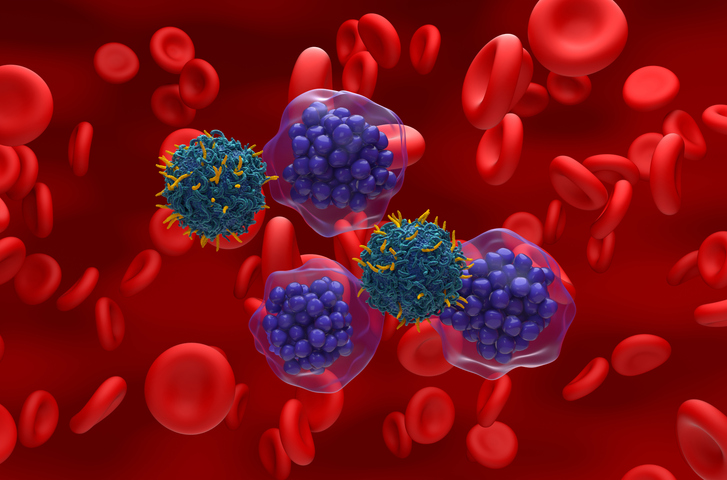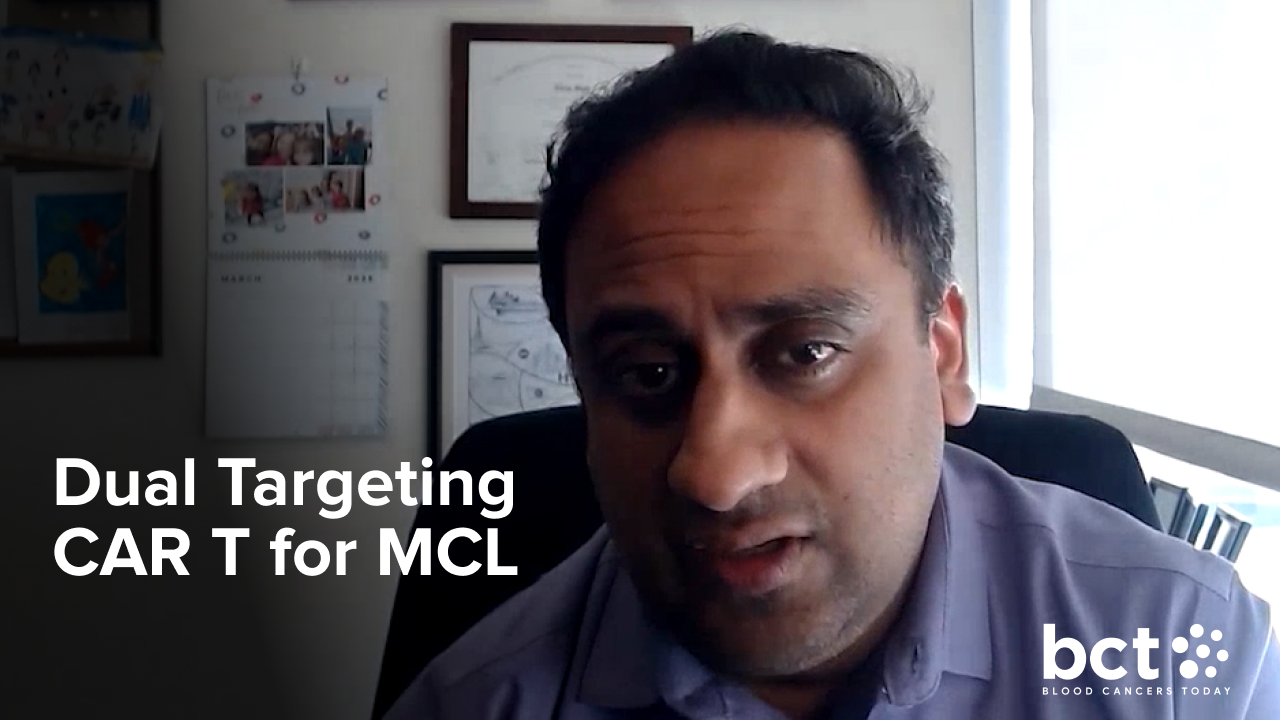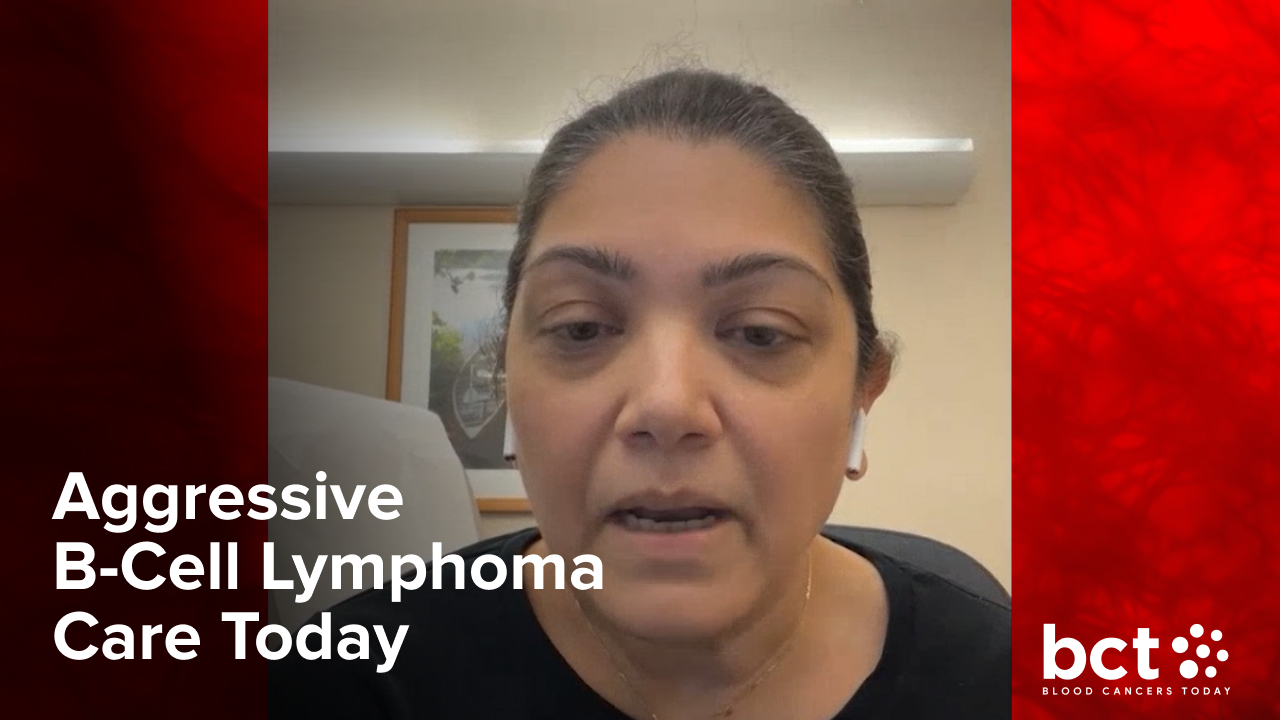
Suzanne Lentzsch, MD, PhD, Professor of Medicine and Director of Multiple Myeloma and Amyloidosis Service at Columbia University Medical Center, and Sandy Wong, MD, Assistant Clinical Professor in the Division of Hematology/Oncology at the University of California, San Francisco, discuss the role of transplantation in newly diagnosed systemic light chain (AL) amyloidosis in the age of daratumumab plus cyclophosphamide, bortezomib, and dexamethasone (Dara-CyBorD).
Treatment Response and MRD Status Should Guide the Transplant Decision
By Dr. Lentzsch
Historically, we treated AL amyloidosis with stem cell transplant. We found that AL amyloidosis responds very well to stem cell transplant. In patients who experience complete remission (CR), it can last up to 10 years or even longer. Some of our amyloid patients are even “cured” from plasma cell dyscrasia and never experienced a relapse. Unfortunately, only around 20% of the patients diagnosed with AL amyloidosis are transplant-eligible. Based on organ involvement, especially heart or advanced kidney involvement, the number of eligible patients is very limited.
The broad use of autologous hematopoietic stem cell transplantation (AHSCT) in transplant-eligible AL amyloidosis patients is further triggered by the fact that we try to avoid immunomodulatory drugs (IMiDs) such as lenalidomide, due to the increased risk of triggering CHF. Having IMiDs basically not available for most of our AL patients further limits our options. This has changed a bit with the addition of daratumumab to CyBorD. With Dara-CyBorD, we have a very potent regimen resulting in CR in the majority of patients, very often associated with minimal residual disease (MRD) negativity.
Regarding the question, “What is the role of transplant, especially in patients who experience a CR or even are MRD-negative?” I don’t think I can give a final answer. Currently, we do not know the progression-free survival (PFS) and overall survival (OS) of patients receiving Dara-CyBorD achieving a CR and/or MRD negativity compared to patients receiving Dara-CyBorD and AHSCT. We have to answer that question in prospective clinical trials. A SWOG trial initiated by Patrick Hagen, MD, is about to launch and will compare the role of transplant in combination with Dara-CyBorD versus no transplant, just Dara-CyBorD alone.
But what do we recommend for our patients today? All newly diagnosed patients should receive Dara-CyBorD as an induction regimen. For patients who are transplant-eligible and received four to six cycles of the Dara-CyBorD, I recommend a bone marrow biopsy. Patients who are not in CR and not MRD-negative should be considered for AHSCT. All patients in CR with MRD negativity could delay AHSCT.
Why would I still recommend transplant in patients who have not achieved a CR or are not MRD-negative after induction with Dara-CyBorD? I think we have to extrapolate the knowledge from multiple myeloma (MM). We have two large, randomized trials: the Intergroupe Francophone du Myelome (IFM) 2009 and the DETERMINATION trial. Both showed that PFS and the response rate are higher when transplant is added to lenalidomide, bortezomib, and dexamethasone.
In the DETERMINATION trial, in patients with standard-risk cytogenetics, the PFS and MRD negativity were significantly higher in patients who had an AHSCT versus those who didn’t. The PFS was 82 months versus 53 months. The MRD negativity in the non-transplant arm in the DETERMINATION trial was 39.8% compared to 54.4% in the transplant cohort. The higher MRD rate is something that convinces me to recommend Dara-CyBorD plus AHSCT in patients who have not achieved CR or MRD negativity.
The question I cannot answer is: What about amyloid patients who achieve CR and are MRD-negative? What is the quality of response? Will they have the same PFS compared to a patient who would receive a transplant? We determine MRD negativity by detection of one plasma cell in a million cells, but we know that there might still be cells escaping our detection level/sensitivity. Will that really matter—the depth of remission beyond being measurable for our amyloid patients? I don’t think anyone can answer the question today. I think only randomized clinical trials can answer the question: Do we need AHSCT in patients who achieved a CR and MRD negativity after receiving Dara-CyBorD? Hopefully the previously mentioned SWOG trial will help to answer this question.
Taken together, based on the lack of clinical trials, we are currently handicapped in guiding our patients. We assume that, similar to MM, MRD positivity is associated with a shorter PFS. Therefore, I suggest AHSCT for patients not in CR or who are not MRD-negative.
Without the Data in AL, Hematologic Response Guides Decisions
By Dr. Wong
My stance on this topic is that transplants should be for patients who have an insufficient hematologic response.
I think MRD testing in AL has yet to be proven. There are few papers published looking at MRD testing by next-generation sequencing and flow cytometry. MRD as a prognostic indicator is yet to be proven in AL. In MM, it is very clear; in AL, it is not so clear. The second step of using MRD to guide treatment decisions is not even proven in myeloma, let alone amyloidosis. I don’t use MRD to guide my decision-making for transplantation. I still look at hematologic response.
There’s a lot of data we would like on this topic. The ANDROMEDA study was for patients for whom stem cell transplant was not planned. I think since the approval of Dara-CyBorD, this is a data-free zone, and that’s why there are variations in practice. The data about the survival for CR, very good partial response (VGPR), etc., have been around for a long time. If someone is in PR, that’s not a sufficient response. You want them to have a VGPR or better.
VGPR, I think, is the black box. Is VGPR truly sufficient for patients to have a response? I think in most patients, this is sufficient, but not in all patients, and to subject so many people to a stem cell transplant, potentially unnecessarily, is a big ask. We know there’s a mortality risk associated with stem cell transplant that is higher in AL compared to MM.
The bottom line is that this is a pretty data-free zone. I think there are studies in this area in the process of being put together, but I don’t think they’re actually open yet.
Overall, VGPR is a question mark. I don’t think you need a stem cell transplant with CR. PR is insufficient. I think many people would agree with that. But I know that there are some patients who, even if they obtain a CR, would still go to transplant. I think that is a little too early to use MRD because we don’t have the data behind it.






 © 2025 Mashup Media, LLC, a Formedics Property. All Rights Reserved.
© 2025 Mashup Media, LLC, a Formedics Property. All Rights Reserved.